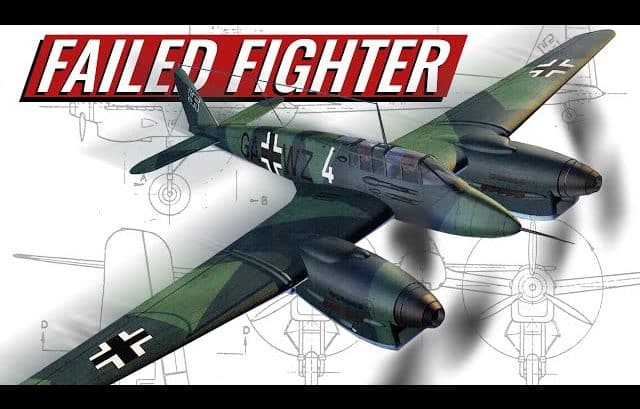Focke Wulf FW 187 is a little-known German fighter from the late 1930s. It’s equipped with a twin-engine design and promised to deliver high performance. In fact, this fighter should be listed as a textbook definition of a missed opportunity.
Origins
To understand why it’s considered a missed opportunity, we need to go back to its origins of development. During this era, the overall development of the airframe design was far outpacing the developments of made on the new aircraft engines. Thus, it was no surprise that many bombers being developed were able to outpace the fighter and interceptor planes that were designed to chase them.
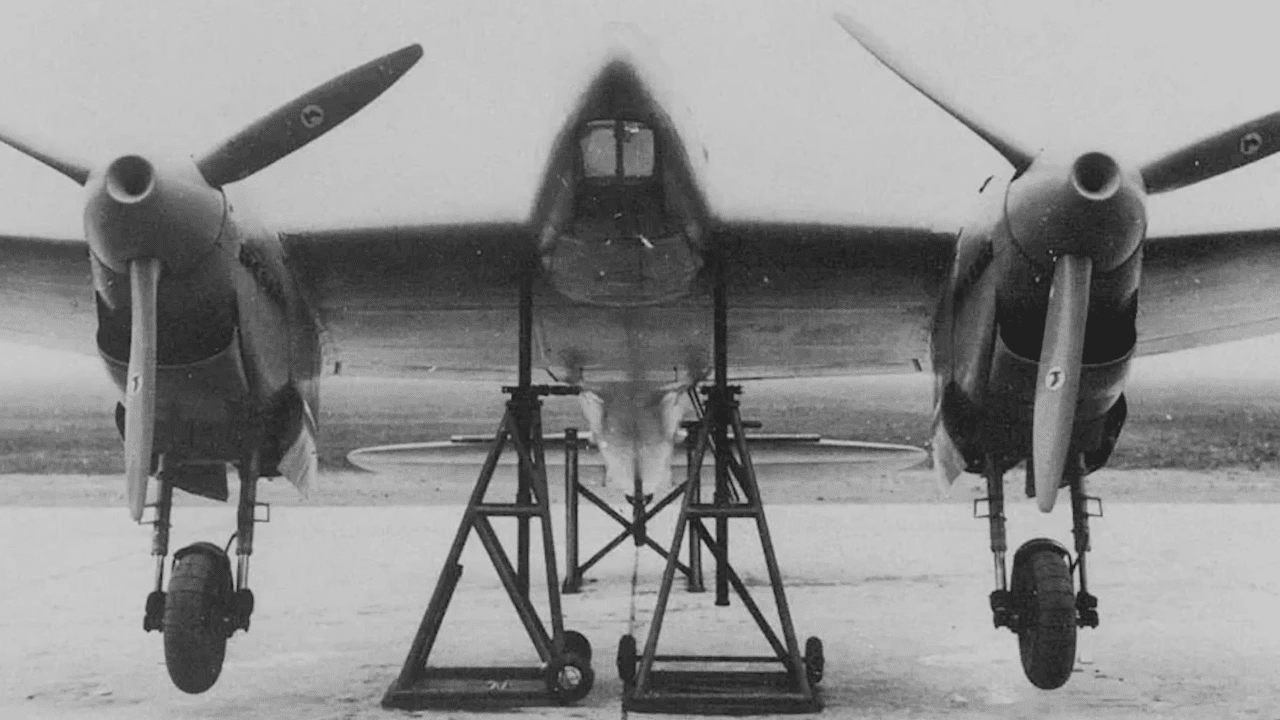
German designers were aware of this. Kurt Tank, the one who designed the FW 190, proposed that the company design a long-range, twin-engine, single-seat fighter. He estimated that the new fighter would have a top speed of over 560 kilometers per hour.
The performance of the design was promising enough that it even reached Adolf Hitler who was rather taken by the proposal. However, the aviation department of the Reich Ministry of Aviation was not so keen as they thought the plane would take twice as much to build as a single-engine fighter.
Not Giving Up
Despite this, Tank continued to work on the design of his prototype plane using his connections. He eventually managed to convince the ministry to put through an order for the production of three prototypes.
It was during this time that the plane would get its official designation, the Focke Wulf 187, which Tank dubbed as “The Falcon.”
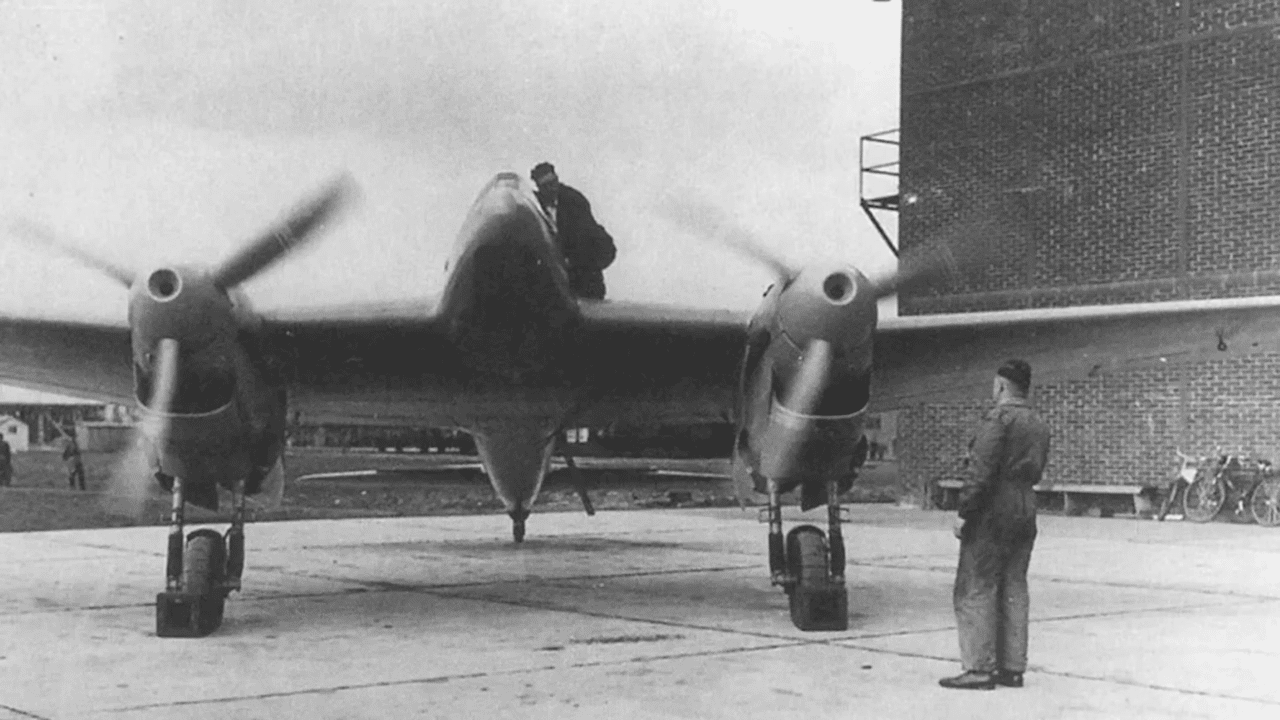
Design Features
The first prototype was eventually completed in early 1937. It had several design features that were intended to accommodate its intended maximum speed and range.
Firstly, the fuselage cross section was reduced from its original proposal to minimize drag. Secondly, the rear of the fuselage followed the same line as the canopy producing far less drag- however, it did come with the cost of a horrible rear visibility.
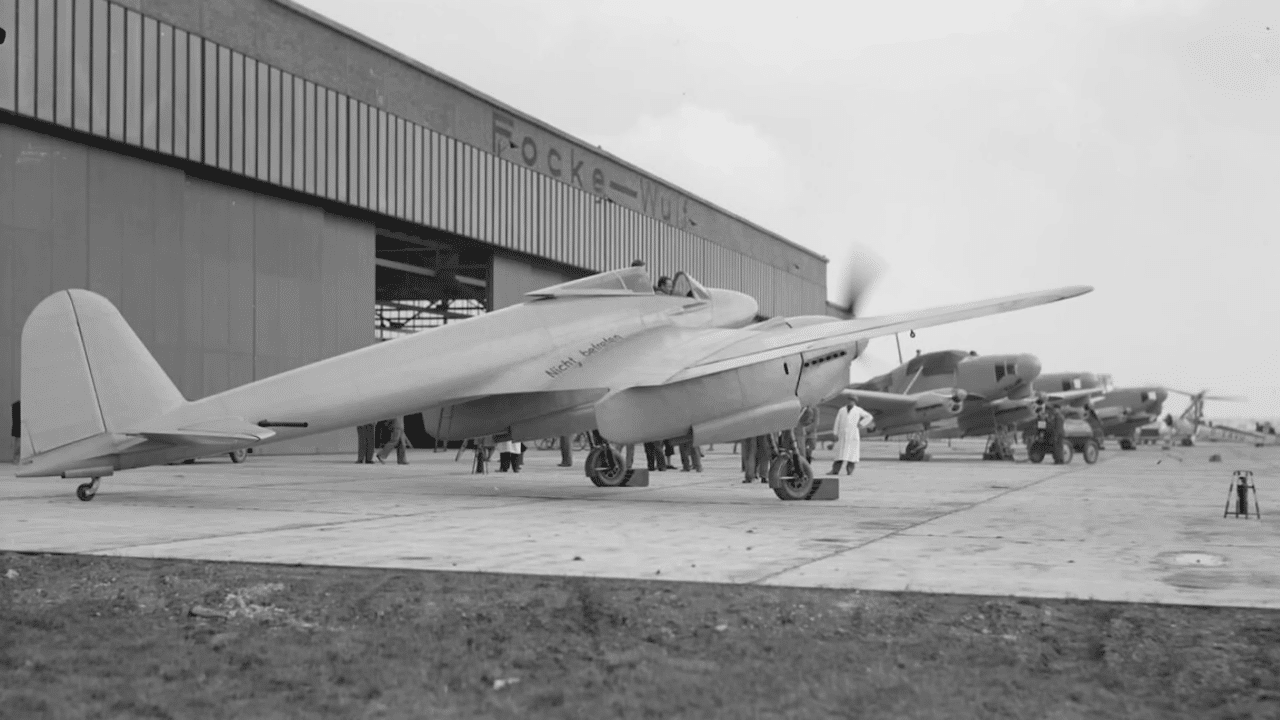
In addition, the engine radiators would be retractable to reduce drag at the cost of efficient cooling.
Testing
The Falcon flew for the first time on April 10, 1937. Despite the change in engines, it was able to reach a maximum speed of 525 km/hr. This was an excellent result because, at the time, the Bf-109b which had the same Jumo 210 powerplant could only reach a maximum speed of 460 km/hr. It can pretty much outclimb the 109B and it could also significantly outdive it.
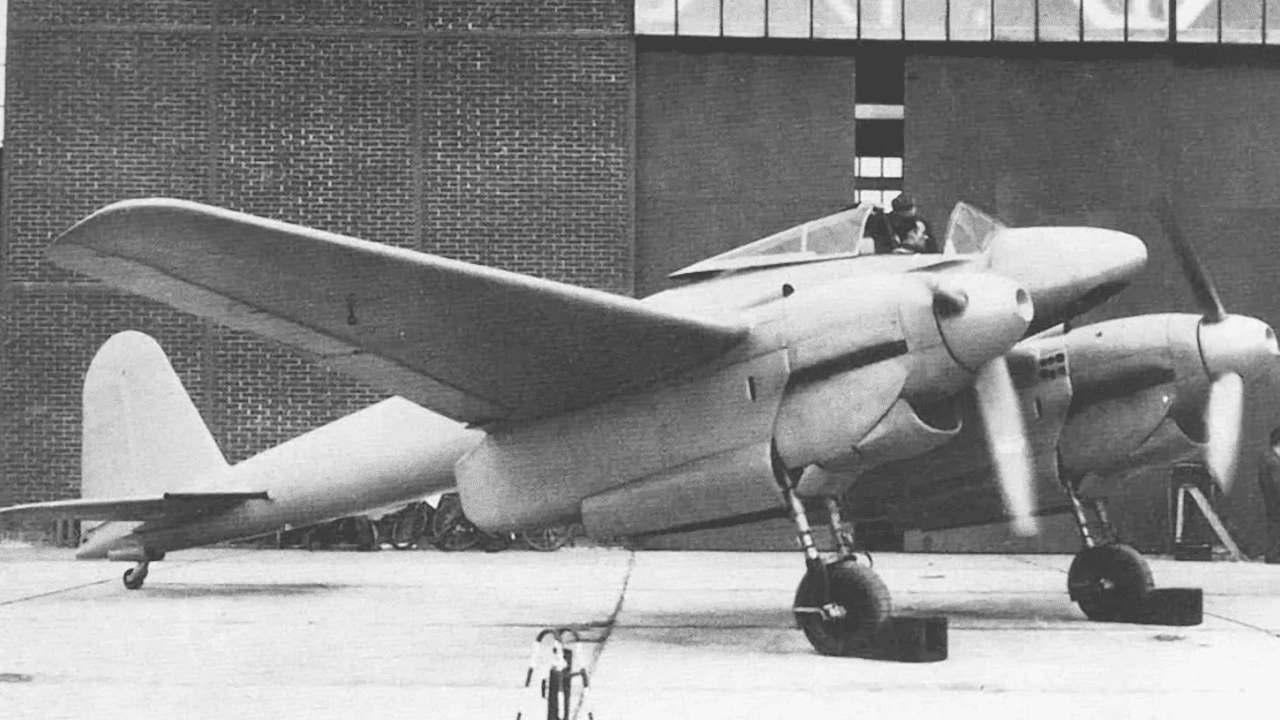
Developments of the second and then third prototypes soon began. As the testing program became intense, it was able to achieve an impressive dive speed of 753 km/hr.
Why It Never Made It
However, not everything went in the 187’s way as one of the Air Ministry’s predictions did happen. The prediction about cost came to be remarkably true. The 187 would cost twice as much as that of a Bf-109. There was also a question of a slightly longer production time.
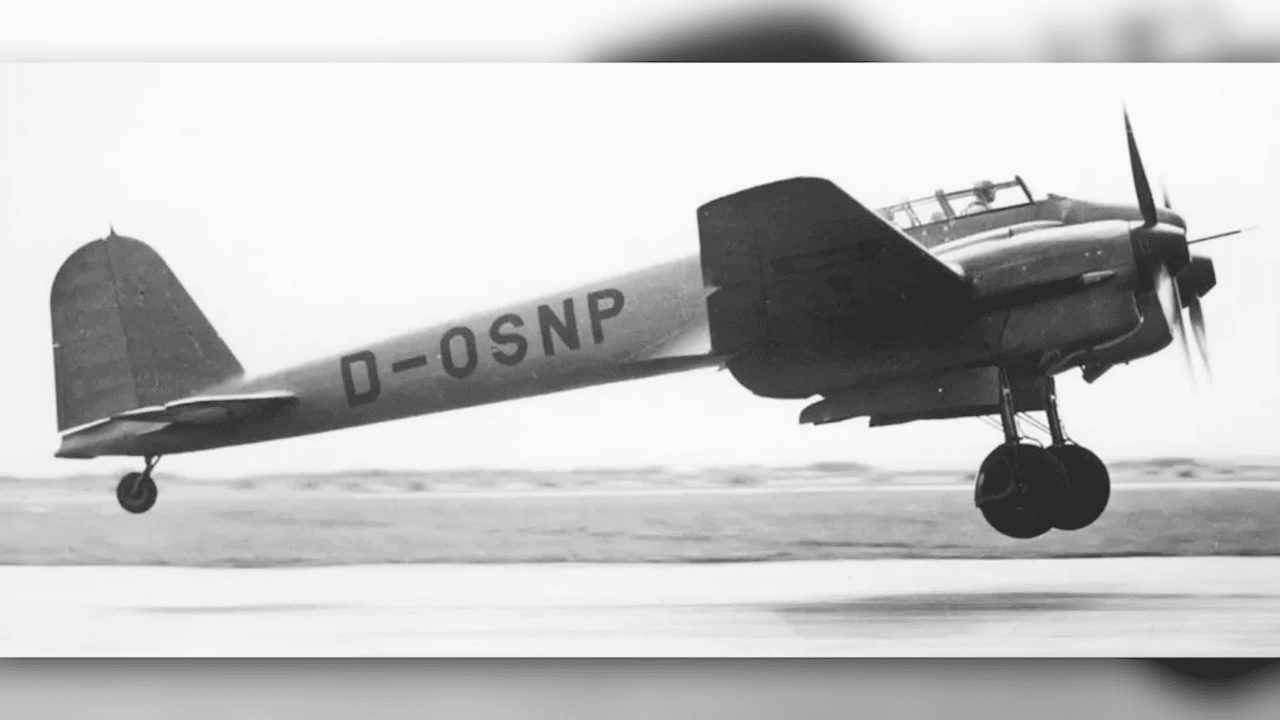
The Luftwaffe would seek the need for the development of a two-seat twin-engine fighter, leading to the development of the Bf-110. Tank had wanted to convert the 187 to this purpose as well. This led to a fourth prototype, to be known as the 187A-0. But the Luftwaffe’s opinion of this aircraft in this aircraft remained lukewarm.
Later, three of these planes were sent to Norway to convince Allied intelligence it was entering service there. But during this time, any plans to put the 187 in service were dead.


